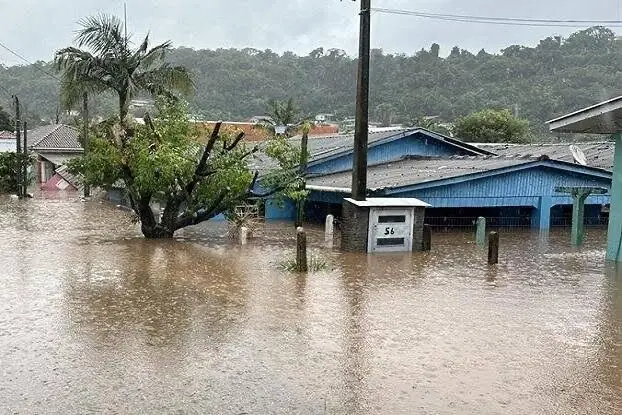
The death toll resulting from floods and landslides that followed the heavy rains which occurred over the weekend in Northern Tanzania has risen to over 50, with approximately 750 acres of farmland destroyed and the count is still going on.
According to the President of Tanzania, Samia Suluhu Hassan in a post on one of her social media platforms said that, by Monday, December 4, 2023, the death toll has increased to 57 while 85 people were still receiving treatment in hospital.
Zuhura Yunus, the Spokesperson for the Tanzanian President’s office said that, the floods and landslides had affected 1,150 households, approximately 5,600 people, with 750 acres of farmland destroyed.
Manyara Regional Commissioner, Queen Sendiga said that, the rescue team is on ground trying all possible means to help the ones still trapped down.
Sendiga stated the situation is terrifying, adding that, one village had been entirely consumed by mudflow, which implys that the total amount of casualties might rise further.
In order to save lives, Sendiga asked the Prime Minister’s Office, security agencies, and the Ministry of Health to quickly deploy personnel and resources to the 1.9 million-persons in Manyara region.
The Tanzania Meteorological Agency (TMA), a government organization entrusted with the task of providing weather and climate services, and regulating weather and climate services in Tanzania has often continued to warn people of heavy rains since late April 2022, that has caused severe flooding in the Mbeya and Songwe regions of Southern Tanzania, where at least five people have died, five others still missing and thousands have been displaced.
Severe flooding caused by the El Nino and Indian Ocean Dipole weather phenomena has forced hundreds of thousands out of their homes in Kenya, Somalia, Ethiopia and Tanzania since the rains began.
The flooding comes on the back of the worst drought to hit the region in 40 years. As a result, dry soils are unable to entirely absorb water thus increasing the risk of flash-flooding in the region.














